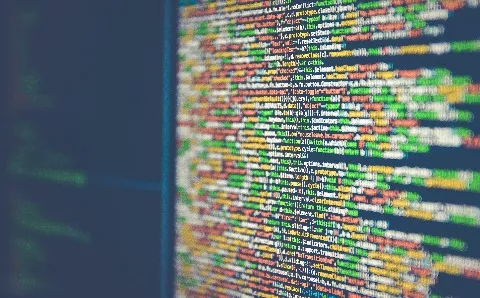This course is a 30+ Hours of self-directed online learning which must be completed within 30 days. This course will provide the learner with an understanding of the technologies and systems that form the industrial automation pyramid.
Learner Profile:
Learners applying for this course should be Individuals in a technical role looking to develop themselves into different areas of engineering.
What you'll Get:
Module 1 Introduction to Industrial Automation
This module introduces industrial automation, widening the user’s knowledge on the importance, benefits and energy sources involved in these systems. It explores a specific assembly process to understand generic automated systems.
Module 2 Principles of Pneumatics
This module introduces users to the basic principles, laws and components used in pneumatic/electropneumatic systems. It covers the types, operating principles and symbols for the different components used in industrial applications.
Module 3 Introduction to electricity
The module runs through the production, transport, distribution and use of electrical energy, including the components and control circuits used. The user will become familiar with different types of circuits and electrical applications and will be capable of understanding the laws and relationships between electrical parameters.
Module 4 DC Electricity
This module focuses on the theory of direct current circuits. Working from the most common dc source, the battery, a closer look is taken at its connections, and the different types of dc receiver circuits (series, parallel, etc.).
Module 5 AC electricity
This module runs through the principles and laws associated with induction and electromagnetism as the basis for understanding how alternating current circuits work and their applications. Details of different devices including coils, relays, transformers and condensers are explained. Concepts of magnetic fields, generating alternate current, frequency, etc. complete the module.
Module 6 Solid State
The module focusses on studying solid state devices commonly used in automated equipment and facilities. Starting with the study of the operating principle for semi-conductors (PN union, etc.), the user becomes familiar with different solid state devices such as diodes, rectifiers, transistors, opto-couplers, etc.
Module 7 Introduction to Wiring
This module presents the components, tools and procedures used in connecting and wiring control panels and electrical facilities. It explains earthing, connectors, cable sizes and the different ways of connecting transformers.
Module 8 Introduction to electric motors
This module studies the operating principles for basic electrical machines such as direct current and alternate current motors, both single phase and three phase. It also studies connections, implementation and the most typical applications for these motors
Module 9 Sensors technology
This module allows users to become familiar with the fascinating world of sensors and transducers used in industry. Starting with general applications, features and parameters of sensors, it runs through the different types of sensors, their application and symbols.
Module 10 Programmable controllers
The module runs through the different types of Programmable Controllers, focussing on a study of Programmable Logic Controllers (PLC). It introduces digital electronics to be able to understand how a Programmable Controller works. It also studies its general structure, the CPU structure, general concepts of programming and applications for these devices.
Module 11 Process controls
This module introduces the user to Process Control systems. The different control types are analysed, looking more closely at the different blocks making up a closed loop controller, finishing off with an introduction to multi-variable control systems.
Module 12 Hydraulics / electro-hydraulics
The module focuses on studying the hydraulic systems used in automated industry. It explains the different components used in hydraulics, electro-hydraulics and proportional hydraulics, analysing their operating principles, applied physical laws and symbols.
Module 13 Robotics
In this module, once the introduction to robotic systems is complete, we explore, in greater depth, these systems’ security aspects, robot structure, programming and the most common industrial applications.
SMC Certificate of Attendance Award.
30+ Hours of self-directed online learning
Please remove all registered user from waiting list
